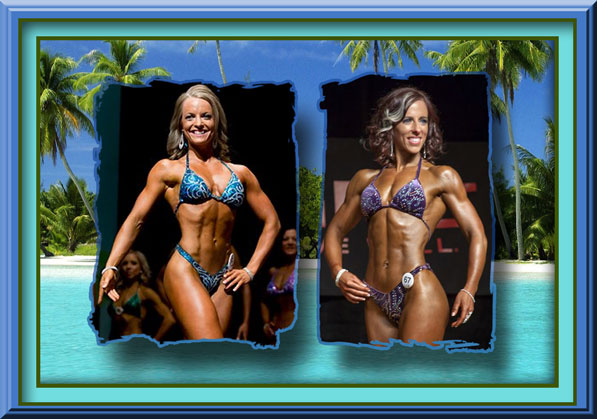
Caroline and Tori are fitness competitors who both got in amazing shape and hit their Venus ratio’s. Both had 23-24% body fat in their legs yet 5-7% in their upper body. The main thing here is everyone, depending on their genetics and heredity, will compartmentalize fat differently on their body. You can’t compare yourself to others.
What is so important about body fat percentage?
Hydrostatic body fat percentage is the gold standard. It is the method which every other method is calibrated on. There are no assumptions; they use just the properties of your body in the water.
What is so important about of your body fat percentage? It’s a number.
It reminds Brad of eating for calories when you need to lose weight when really you just need to eat the right amount of food to lose weight. People like to go to an online calculator and find out they are supposed to eat 2712 calories a day as an example, then they don’t lose weight and they think their metabolism is broken. The calculator just gave them the wrong estimate for their body. People forget that the body is the end game, not the calculator, chart, book, theory, or what someone else did to lose weight.
The total over all body fat percentage does not tell you a whole lot unless you reach a dramatically low percentage that it is irrelevant. It’s just like how your overall body weight on the scale doesn’t tell you a whole lot either.
DEXA/DXA is the most accurate and is the key for a health standpoint because it tells you regional fat percentages.
Everyone stores fat differently
Brad and John have a lot of data to look at and today they focused on two female fitness competitors who were both approximately 15% body fat which is very low for females. This is dramatically low for a woman. One of them had 6.9% in her trunk (her upper body from the waist up). The other one had below 5% in her trunk (she had a full set of shredded abs and her back was totally visible).
Tori and Caroline are fitness competitors that places first and third in their respective categories so they were both in amazing shape. Neither of them looked awkward, they both looked totally feminine.
Both had 23 and 24 percent body fat in their legs. See the difference between the upper and lower body? The main thing here is everyone depending on their genetics and heredity will compartmentalize fat differently on their body.
So another female could have 20% in her legs, but maybe 11% in her upper body, and roughly the same overall body fat percentage as Tory and Caroline and look totally different. If she tries to compare herself to these fitness competitors (or anyone else for that matter) at the same overall body fat it totally falls apart.
Everyone stores body fat in different patterns. These storage patterns are genetic and you cannot manipulate them. There are some schools of thought that you can manipulate them with diet but there is no data or measurements that prove this theory. The theories are purely anecdotal and guess work.
Don’t let body fat measurements hijack your goals
Setting a goal as a percentage body fat can mess you up. It is a form of goal hijacking.
If you get down to your golden ratio and then would need to go a lot leaner to get the ab definition it could change your overall aesthetic to not be as visually appealing. Also total body fat percentage is totally dependent on how much muscle mass is there. Body fat is relative to your lean body mass. So if you increase your lean body mass without losing any fat your overall body fat % drops.
Body weight and body fat percentage is only useful if you have a “shape” to go with it or a measurable goal like Venus or Adonis Ideal or Ratio.
What is your goal?
What is your goal? To get to a certain size? A certain weight? For some of us it was to simply leave our obesity behind, become healthy and functional, have the ability to walk or hike with loved ones, and enjoy a better quality of life and not necessarily become a bikini model.
When I first joined the Venus Factor my goal was to get down to a size 8 which was the smallest size I’d ever been as an adult. The goal setting in the Venus Factor program enabled me to exceed that by several sizes. In fact I had no idea how lean I got until I had a hydrostatic body fat test which showed I’d gotten down to 10.5% overall body fat (I am 5’1″ and I was 116 pounds).
It was good that I had the test at that time because it helped me to understand that I needed to increase my food intake and give up trying for the Venus Ideal waist. I didn’t realize that I was an outlier yet. I had no idea what I had achieved.
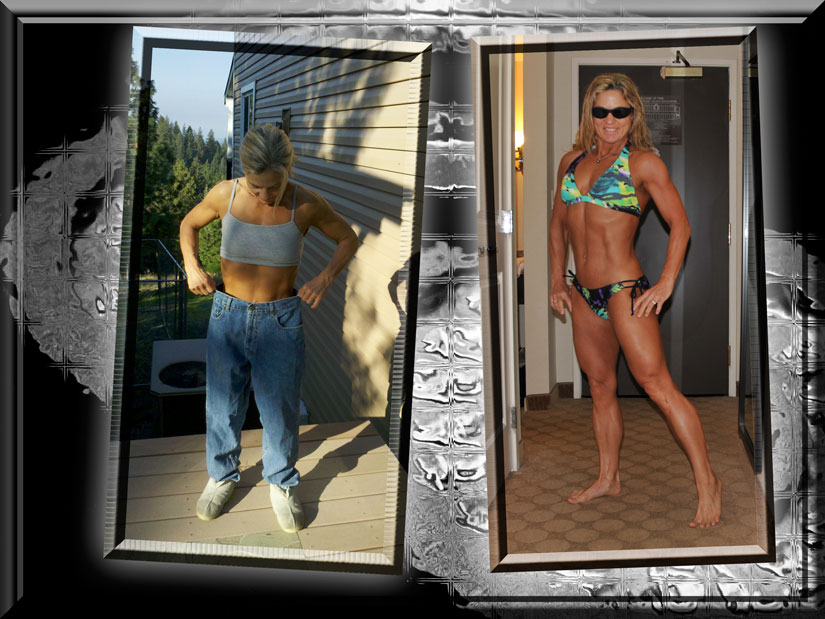
I was trying to get down to my Venus Ideal waist and didn’t realize that at 10.5% overall body fat there was no where left to go, nothing else left to lose. On the right I was at 11.5% at the time of my DXA scan. With unusually high LBM for my height getting to my Venus Ideal waist is not a realistic goal for me, and that is okay, I get to work with the genetic hand I’m dealt.
I’d gotten down to probably slightly below 10% overall body fat for my Venus Transformation VT4 photos (at 109 pounds.) This was the only time ever that I got to my Venus Ideal waist, for a mere moment in time.
A year later I had a DXA scan which showed that I’d gone up to 11.5% overall body fat with 105 pounds of lean body mass. My Android fat was 5% (.4 pounds) and my Gynoid was 16.8%, so like Tori and Caroline my legs were significantly higher compared to my upper body.
As John said this is typical for females. I was 51.5 years old at the time of the DXA (over a year ago) and because of my age I might have lower estrogen levels. My hormone panel shows normal levels but I’m clearly in the season of my life where estrogen levels start waning. This may make it more possible to gain muscle and get to a lower body fat for females later in life.
I was very proud of the fact that DXA showed my Visceral Adipose Tissue (VAT) at .06 pounds! From a health standpoint this is really good, although it’s probably not necessary to be that low.
How do body fat tests help you learn to maintain fitness?
I’ve lived my life for several years now floating 12-13% overall body fat and sometimes up to possibly 14-15% (just a guess). The body fat tests were good for giving me a health marker and a rough idea about where I’m at depending on how my clothes fit.
I find tremendous freedom in no longer needing the body weight scale. I know how my clothes fit and if I need to slim down just a bit I know how much to eat to make that happen, nothing else is really needed for me to maintain (except to keep up with training!)
My body fat level is unique to me. It doesn’t make me better or worse than anyone else and shouldn’t be used as a comparison. It doesn’t mean anything to me but a health marker and a bench mark that goes with my pictures and my look and shape at that level. That said, I’m learning to feel good about myself even when I don’t live my life at that 10% benchmark and can move up a little in body fat and not be too hard on myself.
By listening to podcasts like this today I learn more about my body. This helped me to feel good about what I’ve achieved. I am still maturing in my fitness life and will continue to constantly learn. Listening to Leigh Peele podcasts are also helping me learn about my body and my fitness level as I mature in this process.
What happens when you get close to your Venus Ideal goal?
If you are following the Venus Factor System you will find that you will learn more once you get closer to your goal. The goal setting in this program is a perfect place to start and will allow you to achieve exactly what you want and most likely exceed your expectations for yourself.
Some ladies get very close to the ideal and say this is close enough, they’ve achieved what they wanted, now they just want to enjoy life and keep what they’ve achieved. And they go on to do exactly that. It is great. It fits their lifestyle and they move on.
Others will reach the Venus Ideal at a much higher body fat than I did, and that is perfect. I kind of envy women with that genetic hand. Sometimes if they try to go lower in body fat to get “ripped abs” or whatever it won’t look as good because they go beyond the Venus Ideal. The Venus Ideal is based on what the human eye finds the most pleasing, and that is why the formula is used in art.
Other women will find they build muscle fairly easily because of their genetics and so will also likely reach a lower body fat level if they keep going with the fat loss. Denise and I are in this category. We live our day to day life with our waist circumference slightly above the Venus Ideal (or like me several inches above) and it’s just as good as those who get to live exactly at the ideal with more body fat. Neither is better or worse, it just is what it is.
It is just as well and okay for women who find living slightly above the ideal ratio at a higher yet still quite healthy body fat level. After all it’s about being healthy, functional, having a better quality of life, and enjoying more time with your loved ones.
What matters is what makes YOU happy and healthy. Once again, you, your body, and your life are the end game; not the system, program, workout, diet protocol, theory, ideal metrics, book, chart, calculator, or what someone else says or does. You get to decide what makes you happy and all these tools can help you get to that point.
It really all depends on the genetic hand you are dealt. You won’t know what you have until you lose enough fat. The best way to lose significant fat is to divide and conquer while also weight training to the best of your ability. The Venus Factor workouts are the best I’ve found for my build and have enabled me to reach my genetic potential in a way that at least my husband and friends around me say is still pleasing to the eye and still feminine yet strong.
What will you do to achieve your best genetic potential that fits your life? I would love to hear about it.
-Ro
Find out what John and Brad have to say about questioning body fat percentage:
IMMERSION Clients May Login and Download Podcast Here
Not a Venus Index IMMERSION client? Click here to find out more…

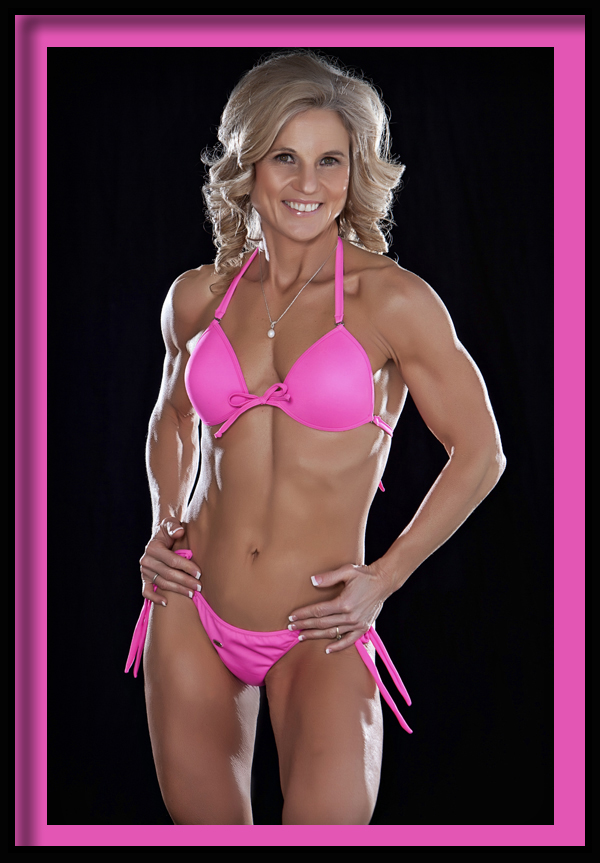
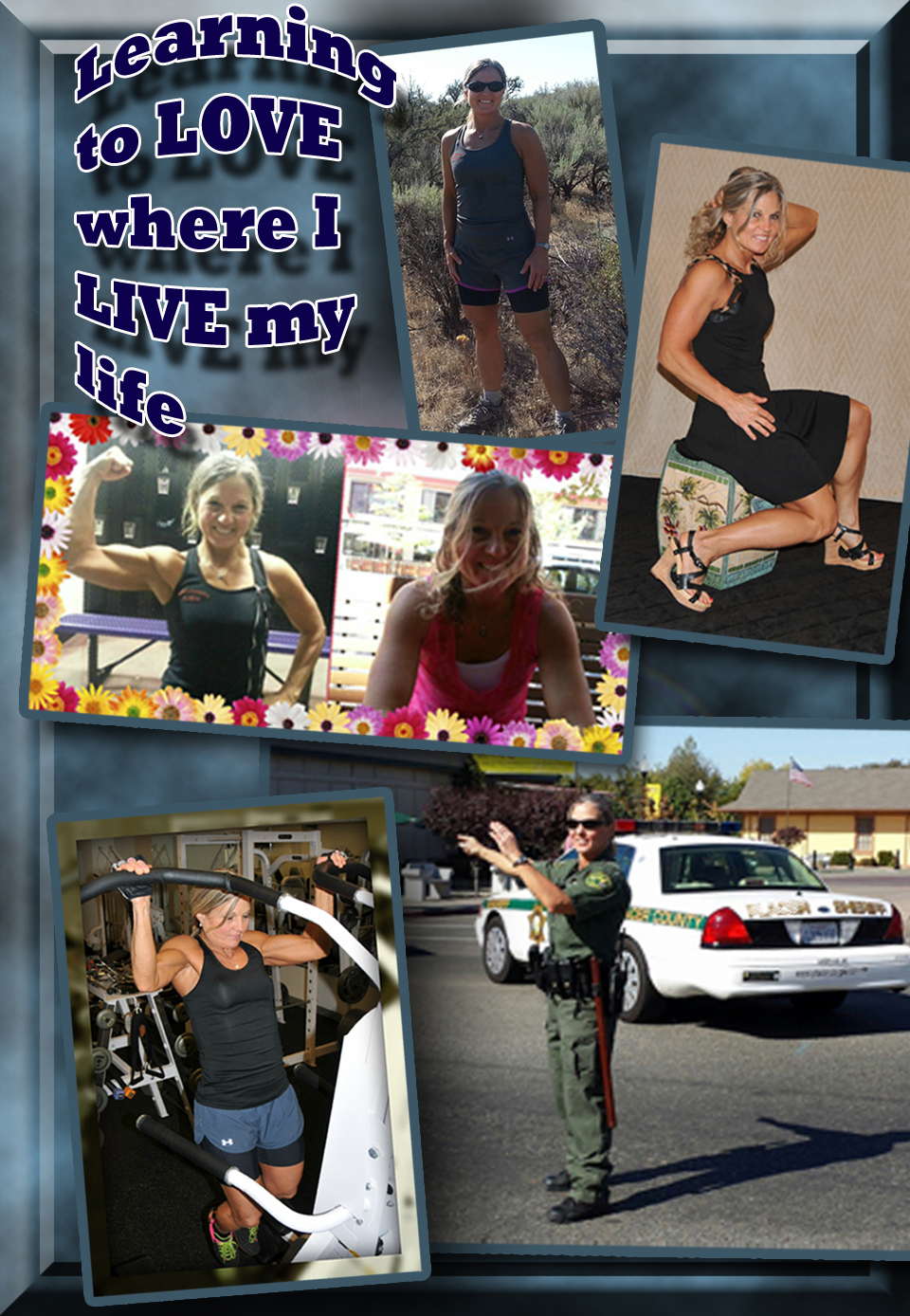
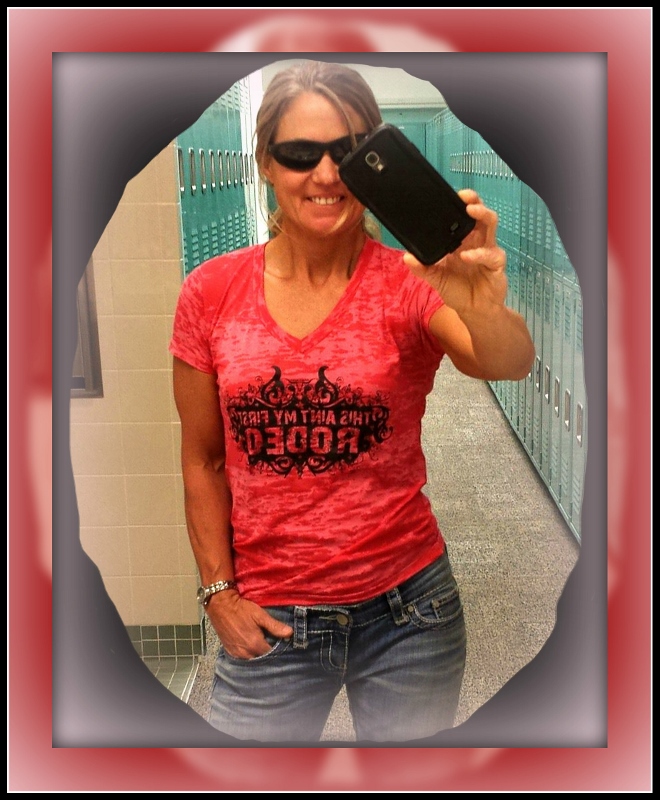

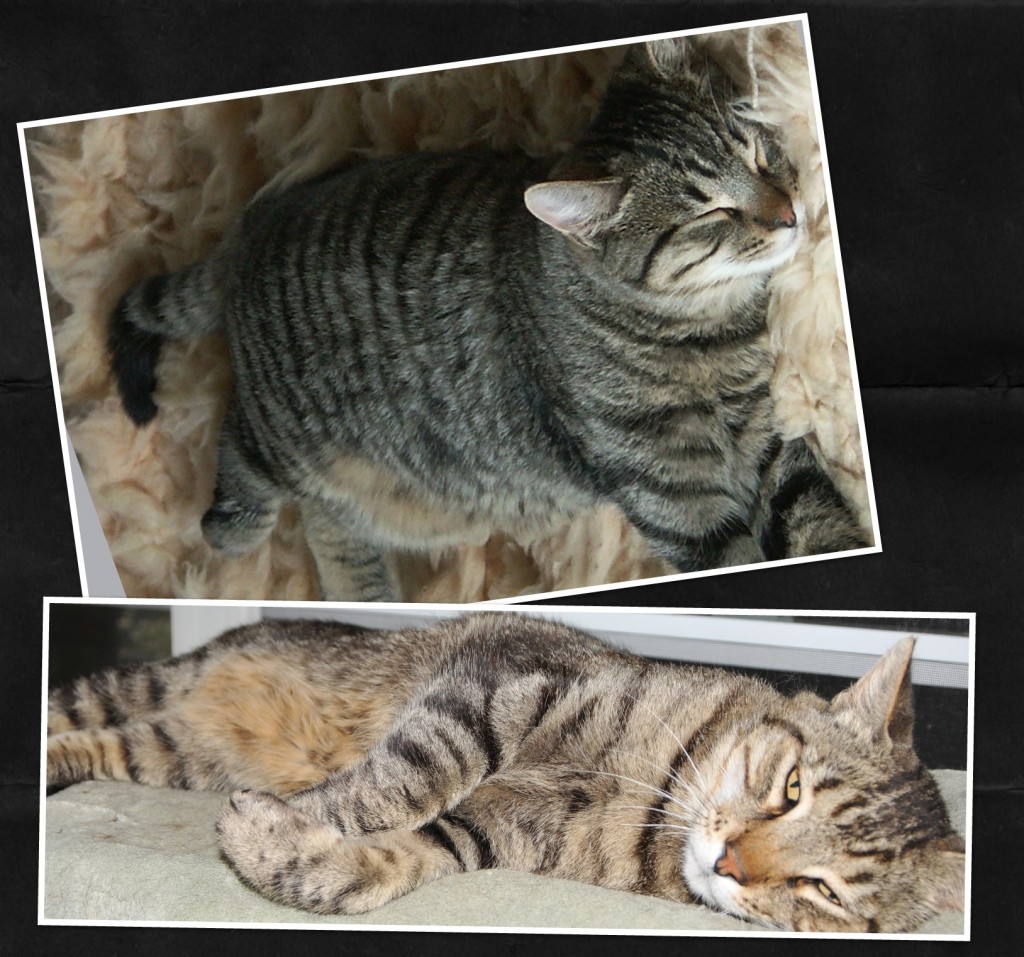
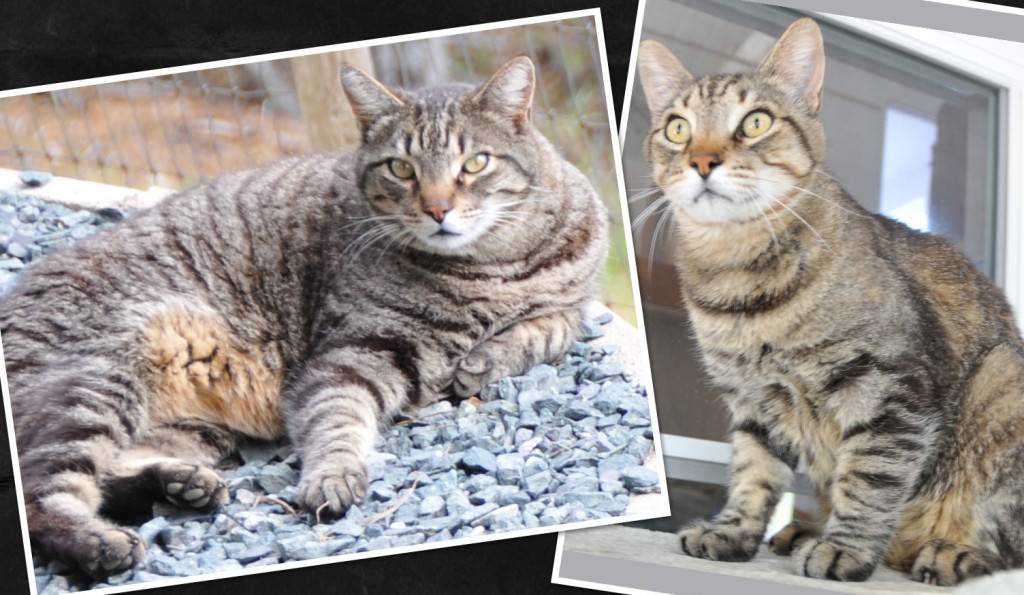
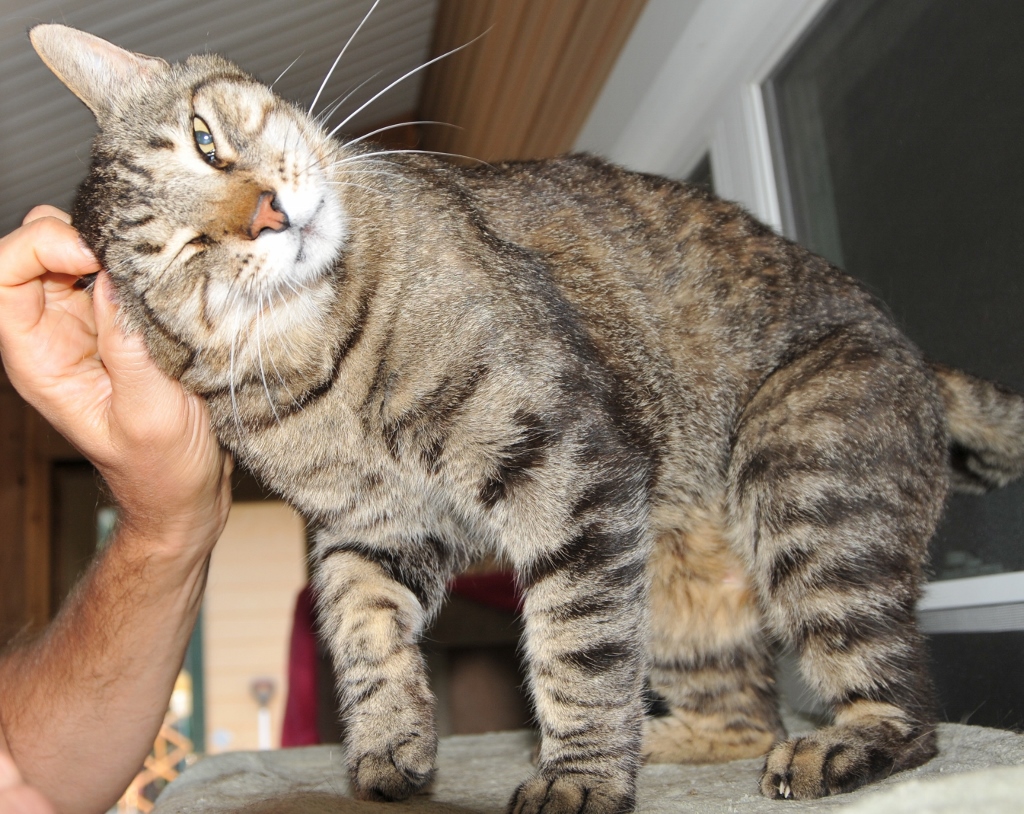
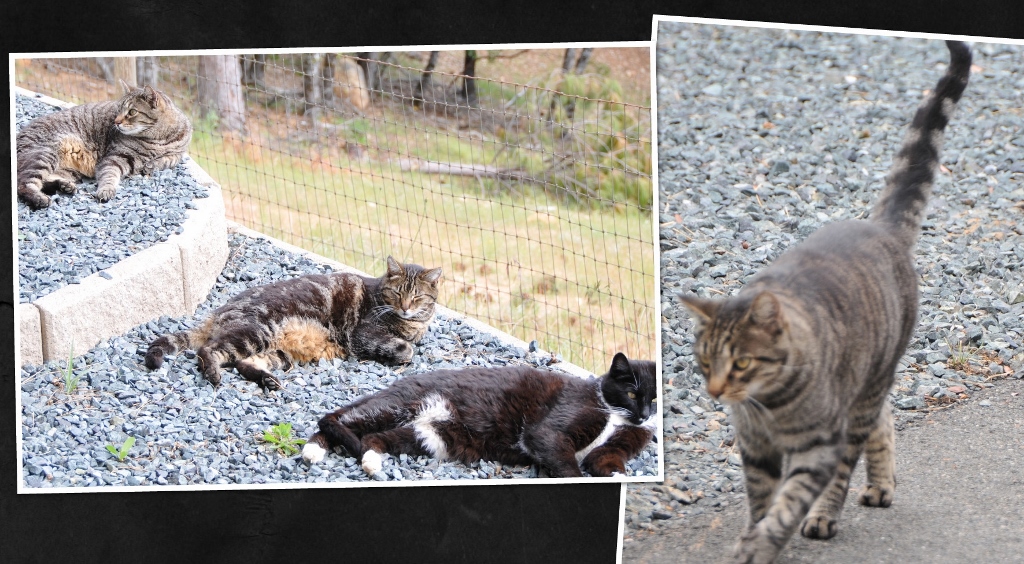

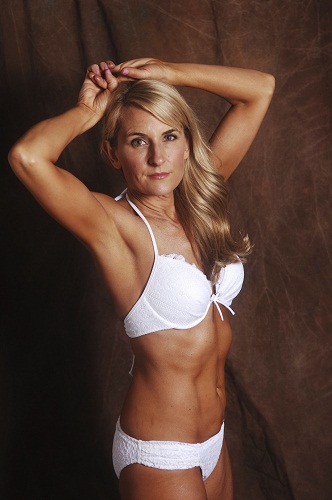
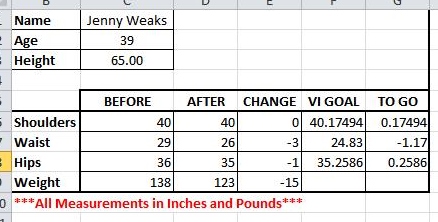
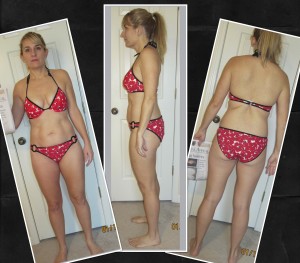
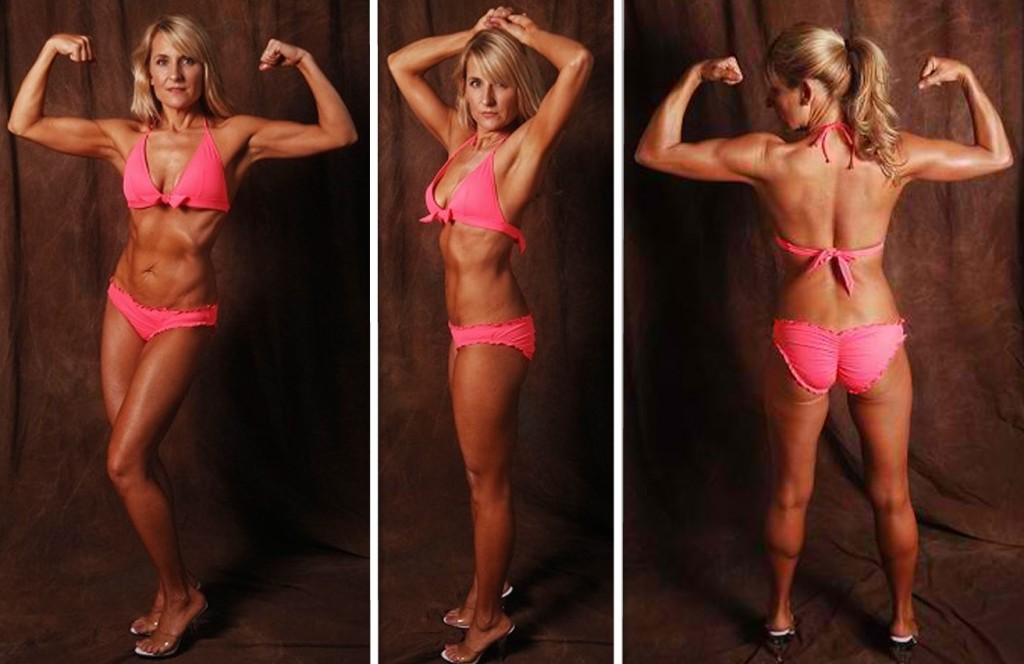
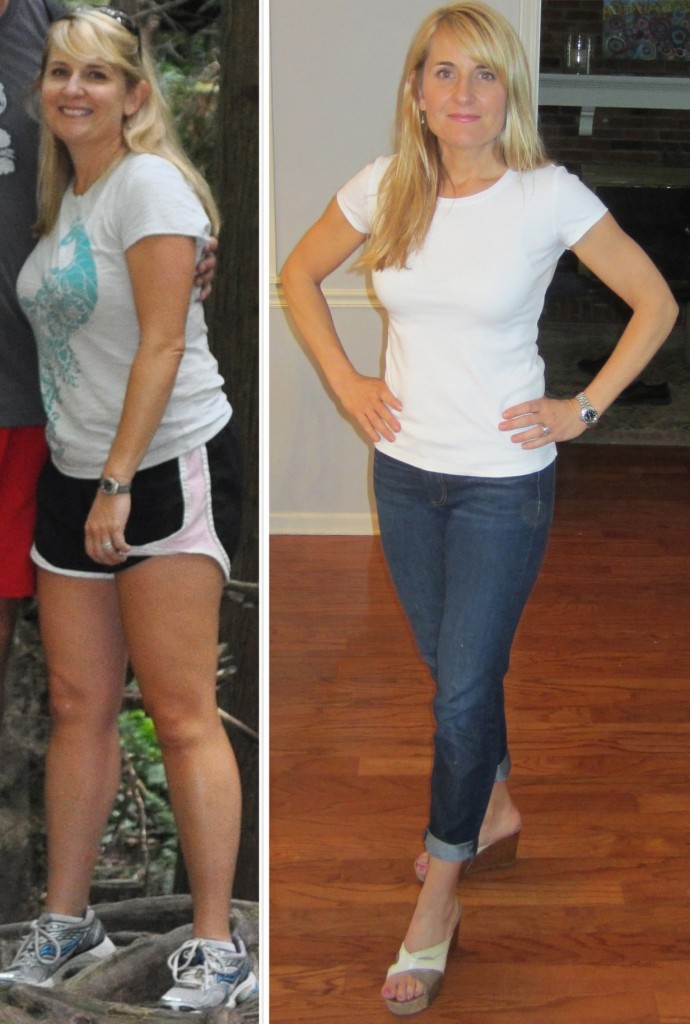
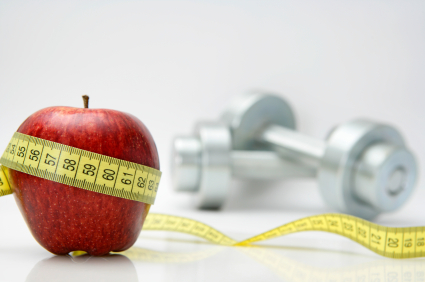
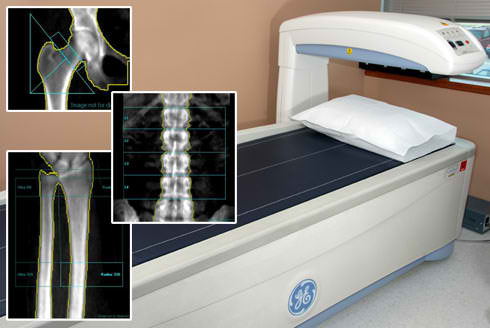
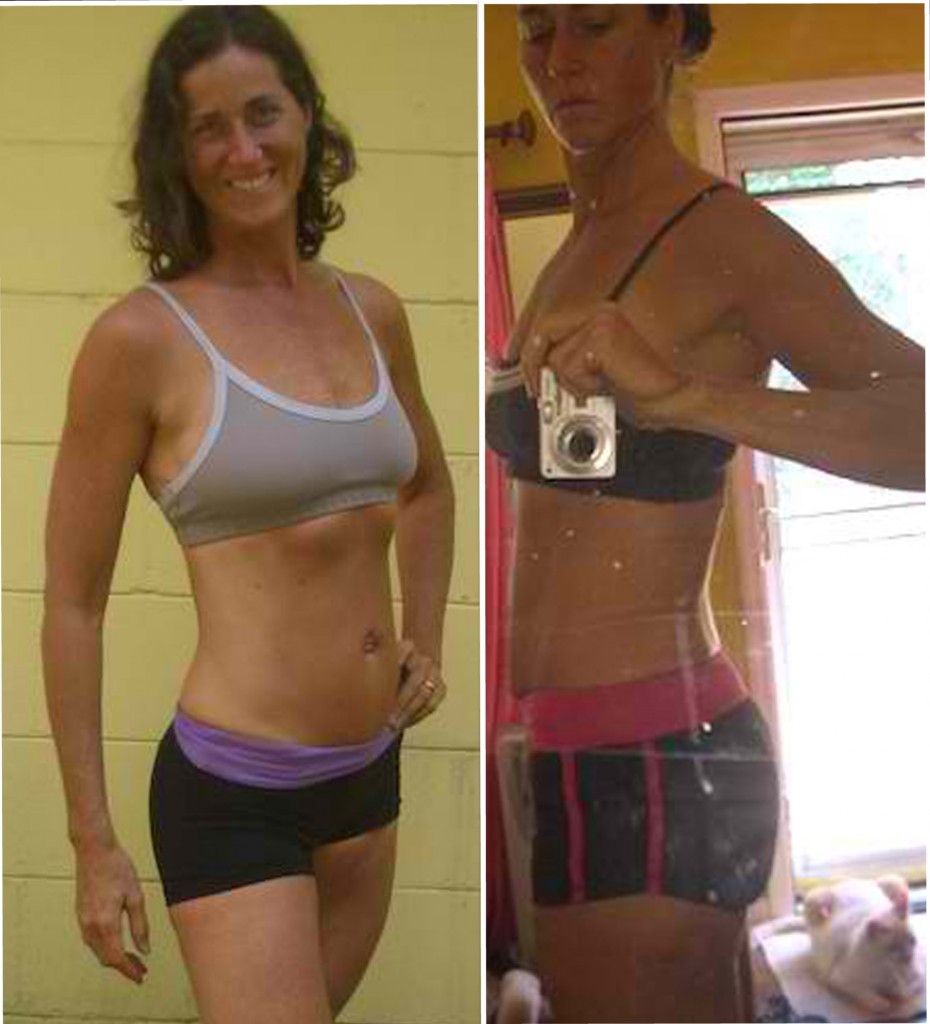
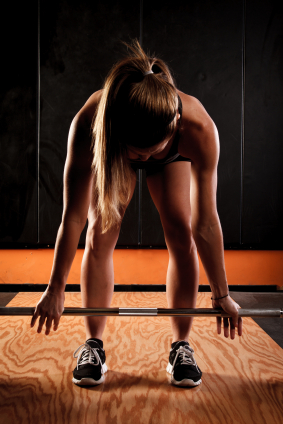
New Comments